
Vegetable plots can make a lovely addition to your garden, providing cottage-garden-charm as well as a hobby and food source. On top of this, a vegetable plot is a great opportunity to incorporate more biodiversity into your space. Not only will increased biodiversity benefit the wildlife around you, but can lead to an increase in pollinators for your crops, better soil health and a beautiful harvest!
Avoiding Chemicals
The first step to improving biodiversity is to welcome insects by reducing the use of chemicals and opting for eco-friendly alternatives! Not only can they kill off the intended slugs and caterpillars, but pesticides can lead to significant drops in pollinator numbers – bad news for your flowers! Similarly, artificial fertilisers can do more harm than good. They can throw off the chemical balance of the soil, and the manufacturing process requires a lot of energy. What are some alternatives?
Supporting wildlife – as mentioned in previous blogs – such as hedgehogs, birds, frogs and toads will enable the natural predation of slugs and insects. A lot of insects eat other insects – ladybirds eat aphids!
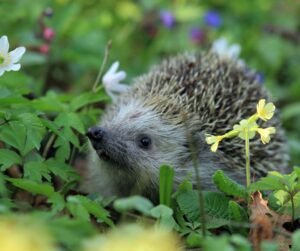
Planting nitrogen-fixing plants, such as clover and types of peas/beans will help add important components into the soil.
Compost – compost is another great, free way to repurpose food scraps to improve soil health.
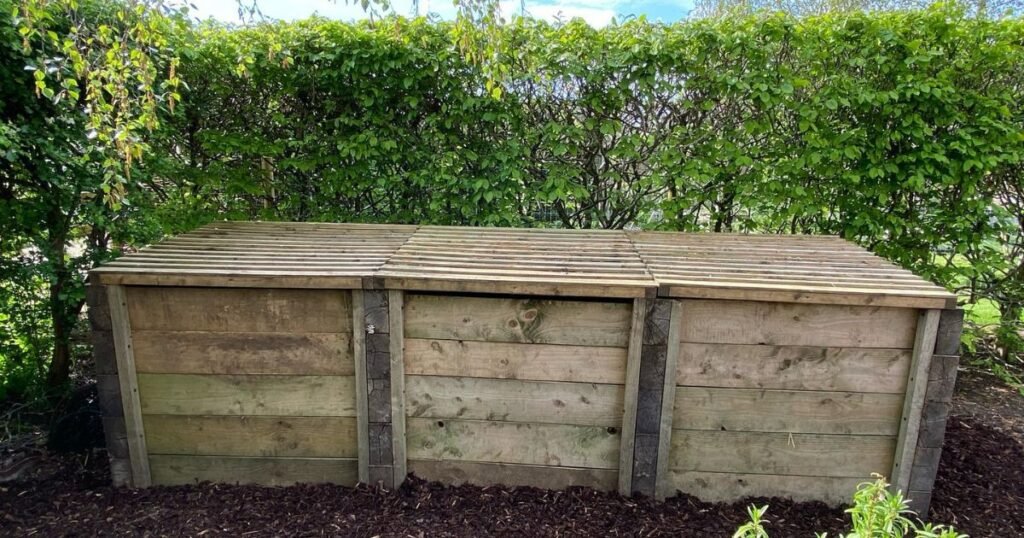
Physical barriers can also be an option – for example, adding a crushed eggshell border around susceptible plants not only repels slugs and snails, but avoids chemicals and reduces food waste.
Companion planting – certain pairings of plants can influence the movement of insects in the garden, read on to find out more.
Making your own! – If you have nettles or comfrey growing in your garden, you can easily make your own natural fertiliser. Simply soak the leaves in water for about two weeks, then dilute the resulting liquid at a 1:10 ratio (one part fertiliser to ten parts water) before using it on your plants.
Alternatively, soaking banana peels in water for a few days creates a simple, nutrient-rich fertiliser — a great way to feed your plants and reduce food waste at the same time.
Both methods are excellent chemical-free options to nourish your garden more sustainably.
Companion Planting
A diverse vegetable bed is a resilient vegetable bed. Many plants can have different effects on insects and their movement. This can be used to our advantage when considering where certain decorative plants are planted alongside vegetables in the garden when growing vegetables with biodiversity in mind. Companion plants can serve a few purposes, they can attract pollinators, repel certain pests, provide mutual support to other plants and brighten up a space!
Here are a few examples of tactical companion planting:
- Fennel and Dill repel aphids thanks to their scent
- Borage’s bright blue flowers attract bees to cross pollinate related plants – such as tomatoes and strawberries! remove borage image
- Nasturtiums to draw whitefly, thrips and aphids away from other plants – bonus points for being edible flowers!
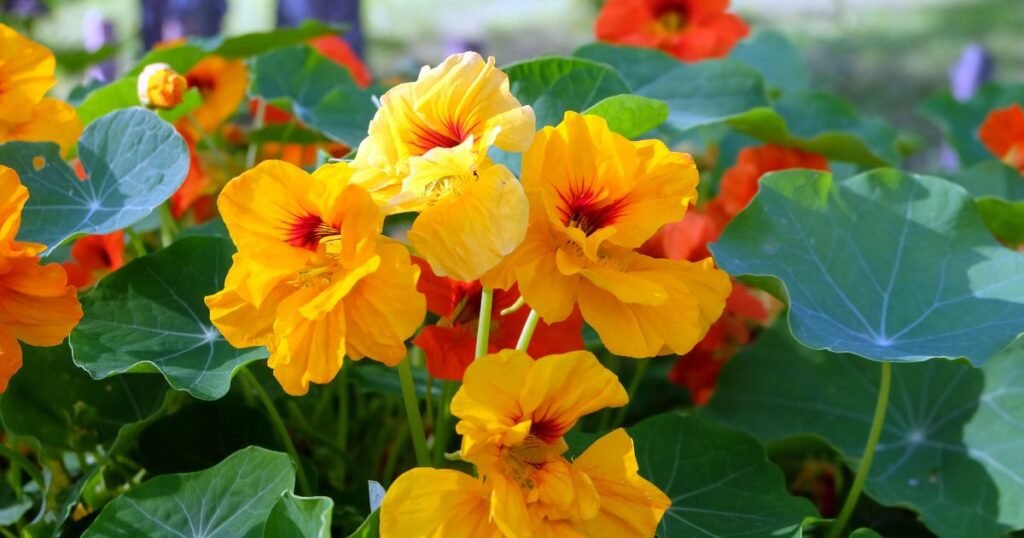
By thinking in layers, you can incorporate these ideas to mimic natural environments. Plant companion plants in layers to provide vertical elements and shade from shrubs and canes. Sprawling ground cover plants such as nasturtiums or squash suppress weeds, and root vegetables utilise space underground.
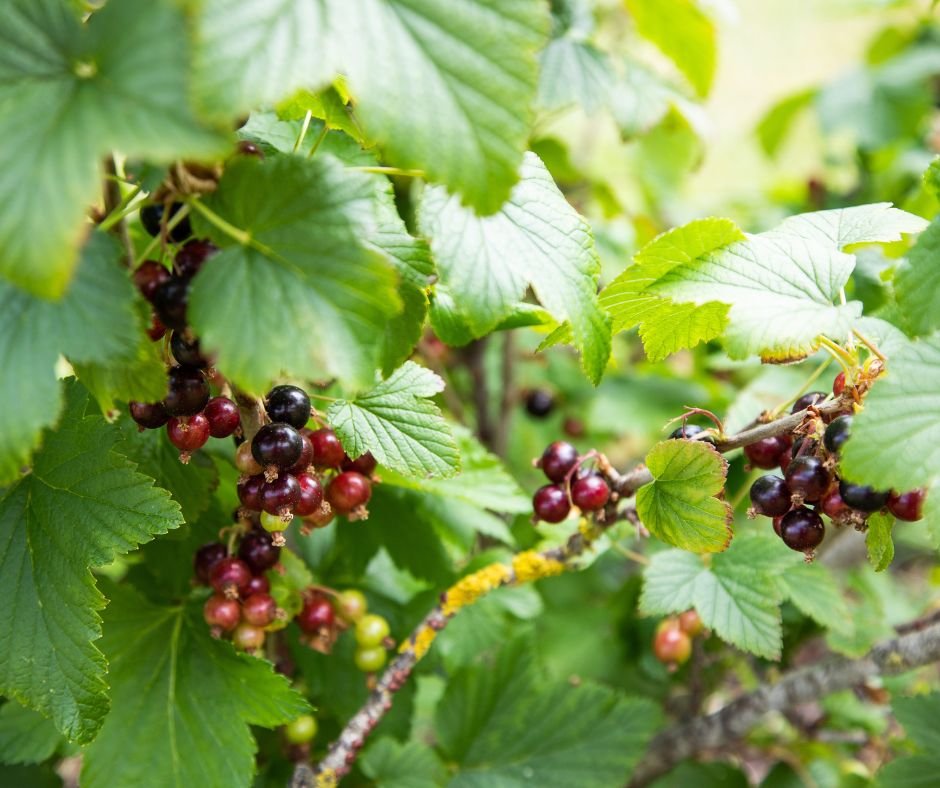

Leaving a Few to Flower
Growing vegetables with biodiversity in mind requires both giving and taking. Just like how your garden can benefit from companion planting flowers, the garden and it’s wildlife can benefit from allowing some crops to go to flower and seed. But this does not mean ‘wasting’ any veg! In fact, allowing some plants to complete their full life cycle instead of harvesting will allow you to save their seeds for next year – saving money, promoting biodiversity and being more self-sufficient!
Carrots produce ‘umbellifer’ flowers, and are in the same family as cow parsley, ground elder and hogweed. These flowers look beautiful and delicate, and are also loved by hoverflies – both great pollinators and predators of aphids! remove carrot image
Crops in the allium family such as garlic, chive and onion also produce beautiful flowers, and many varieties are cultivated aesthetically. Chive flowers can be eaten and make a beautiful garnish, as can the ‘scapes’ of garlic and onion. Allium flowers attract many bee and butterfly species.
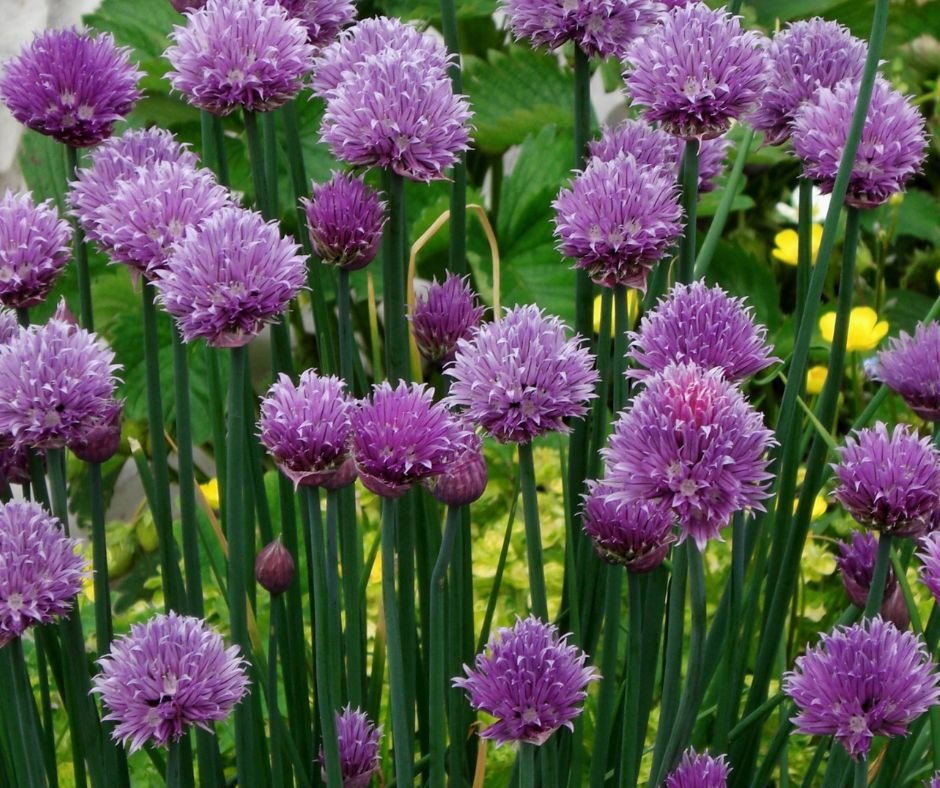
Due to their nature as shrubs, many other herbs often go to flower in the garden. Rosemary, thyme, and lavender are examples, with delicate, pretty flowers. They smell, look and taste great, and can aid in encouraging pollinators to the garden. As mentioned, dill and fennel make great companion plants.
Edible Hedgerows
Hedgerows are not only valuable habitats for a whole host of wildlife, but can provide food! Traditional hedgerow plants such as blackthorn provide sloe berries. Tree species such as hazel and elder interspersed in the hedge provide hazelnuts in autumn, and elderflower and elderberries in the summer months. Although seen as a nuisance, brambles provide delicious blackberries, alongside any rose hips that may have been planted. Species of wild plums, damsons, apple, pear and quince also establish in wild hedgerows, so can be incorporated into a garden’s edible hedge.
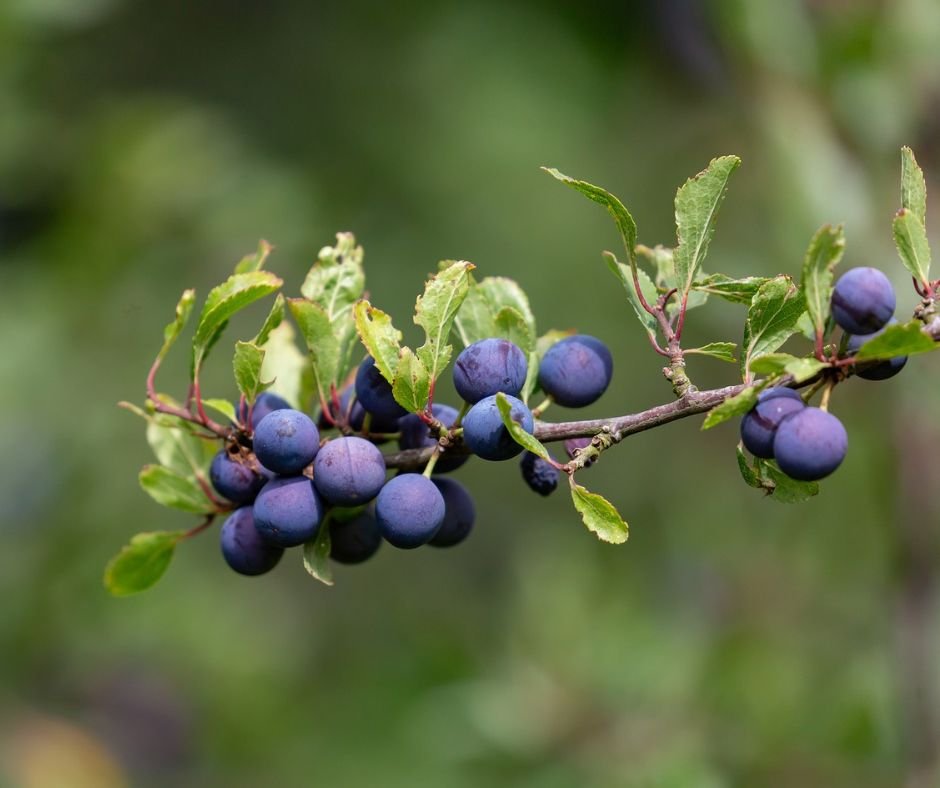

Growing veg does not have to be done traditionally! Vegetable gardening with biodiversity in mind can be incredibly rewarding when combined with aesthetic aspects of the garden. Using natural pest control and fertilisers, companion planting, allowing food plants to flower and incorporating wilder aspects such as hedgerows improves the biodiversity in your garden while aiding in food production! Edible flowers and tactical placements bring colour alongside pollinators, making for a beautiful, productive garden.








